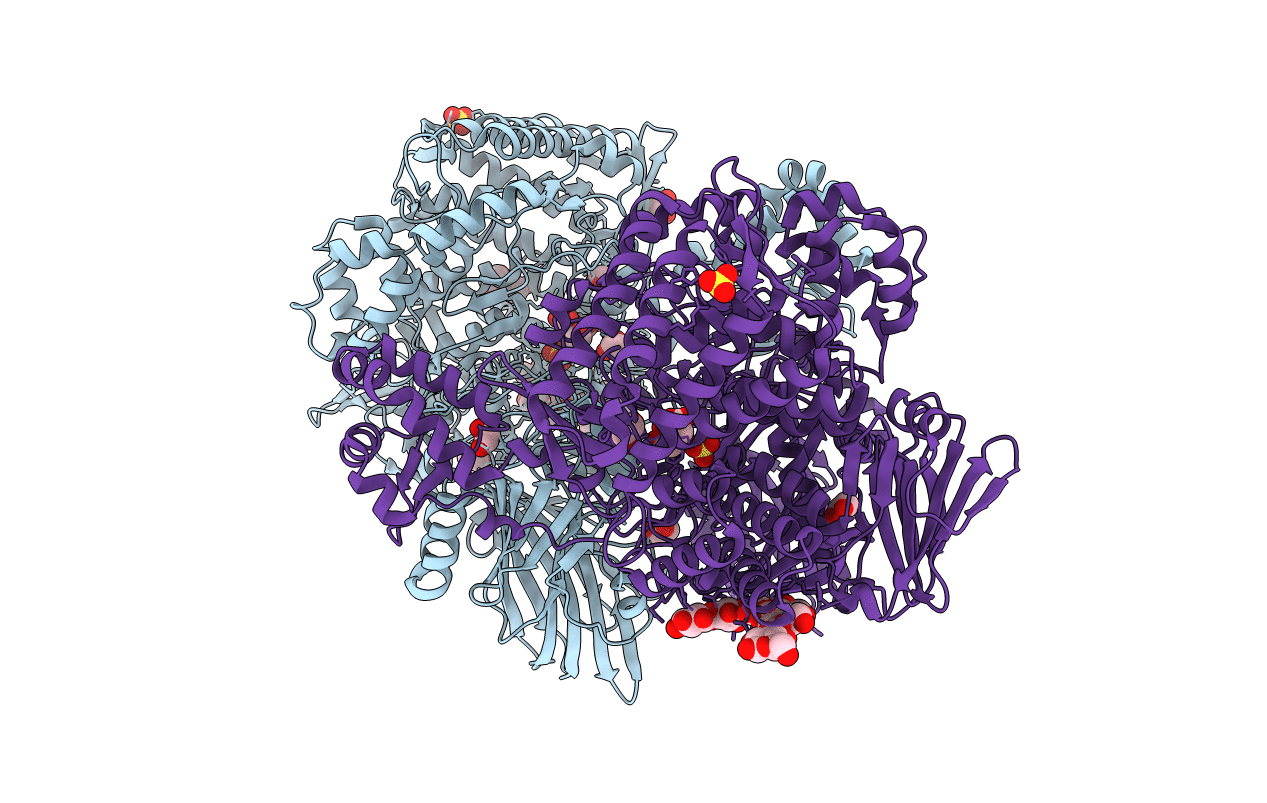
Deposition Date
2018-09-24
Release Date
2019-06-12
Last Version Date
2024-01-24
Entry Detail
PDB ID:
6HQ8
Keywords:
Title:
Bacterial beta-1,3-oligosaccharide phosphorylase from GH149 with laminarihexaose bound at a surface site
Biological Source:
Source Organism:
metagenome (Taxon ID: 256318)
Host Organism:
Method Details:
Experimental Method:
Resolution:
2.25 Å
R-Value Free:
0.21
R-Value Work:
0.17
R-Value Observed:
0.18
Space Group:
P 21 21 21


